Why Are There So Many Naked Ancient Greek Statues?
We may think statues of Greek men naked was the norm in the ancient world. But nude statues weren’t just art – they embodied heroism, immaculateness, and beauty. Nudity was used as a uniform that distinguished the divine and the social elite.
And yet, historians don’t know specifically why the Greeks showed nudity more than other ancient cultures. Were they more free of textiles in their daily life? Did showing someone naked bind the culture together? Were the Greeks simply eroticizing the human form?
An intriguing article from The Getty Villa Museum – found on Getty.edu and edited for brevity – sheds new light on the prevalence of nudity in ancient Greece. Turns out our perceptions may be skewed, as to why we see so many naked men in their art…
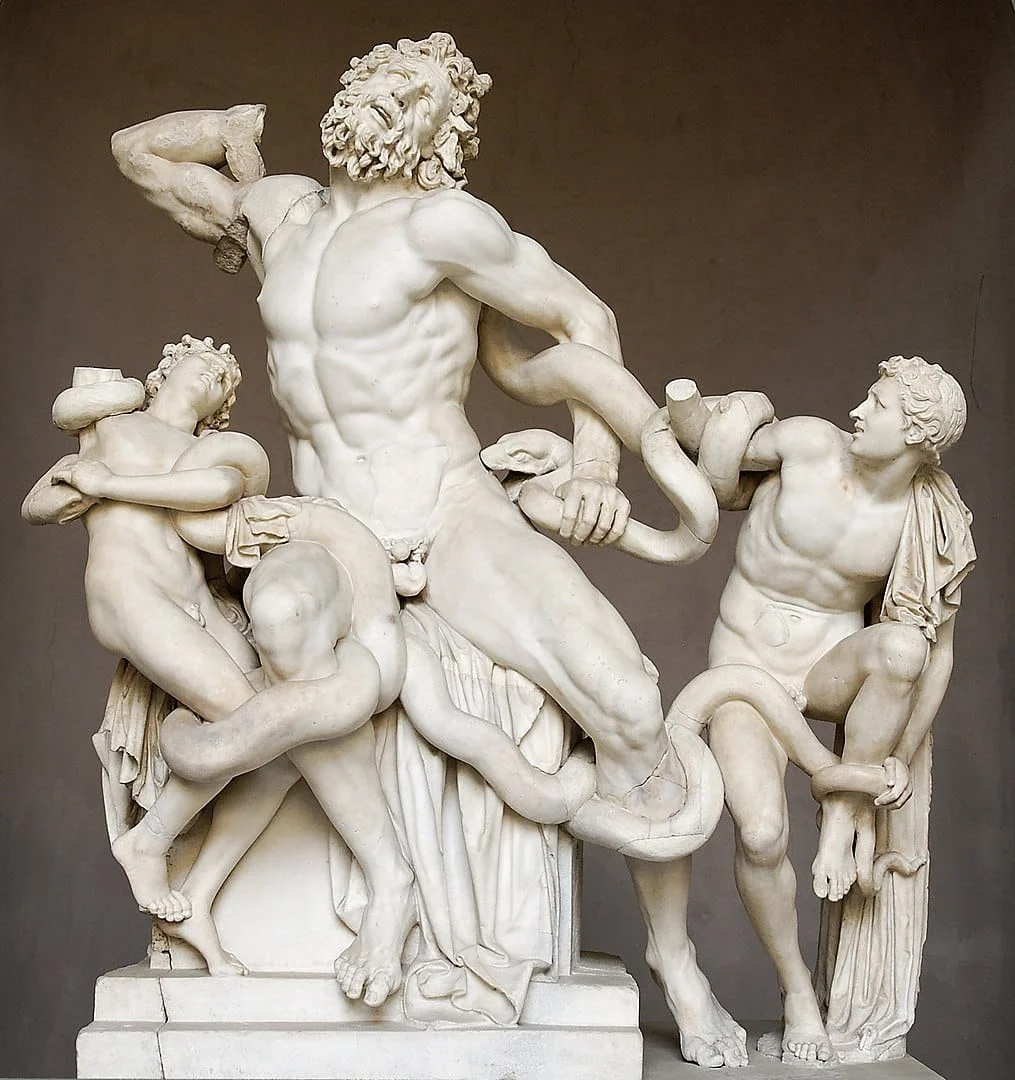
A simple answer could be that the Greeks believed nudity was powerful, ideal, and beautiful. But like so many things interpreted from ancient life, there is no easy answer.
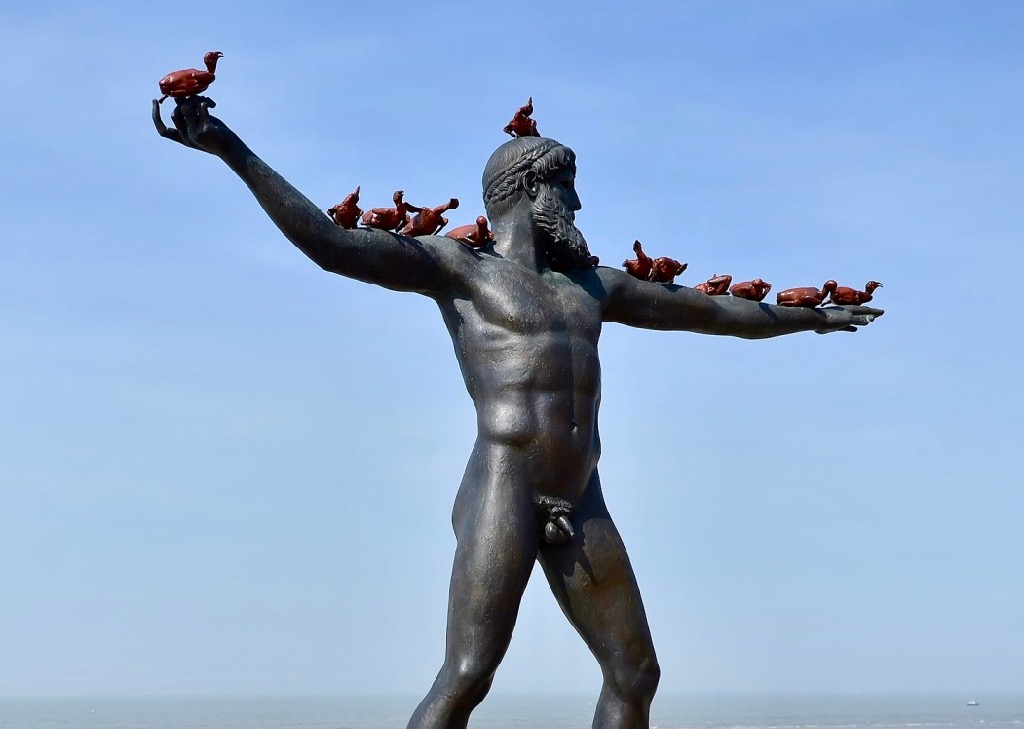
Greek art—including sculpture, vase paintings, drinking cups, frescoes, and mosaics—is known for depicting nudity, especially male nudes. According to Shelby Brown, senior education specialist at the Getty Villa Museum, “An idealized human male image was developed in Greek art that prized a slender, toned, ageless male body with a glorious six-pack and a neutral, ‘youthful’ face without wrinkles and expression.” Although desired proportions varied through time, this perfected male nude usually stood in balanced poses.
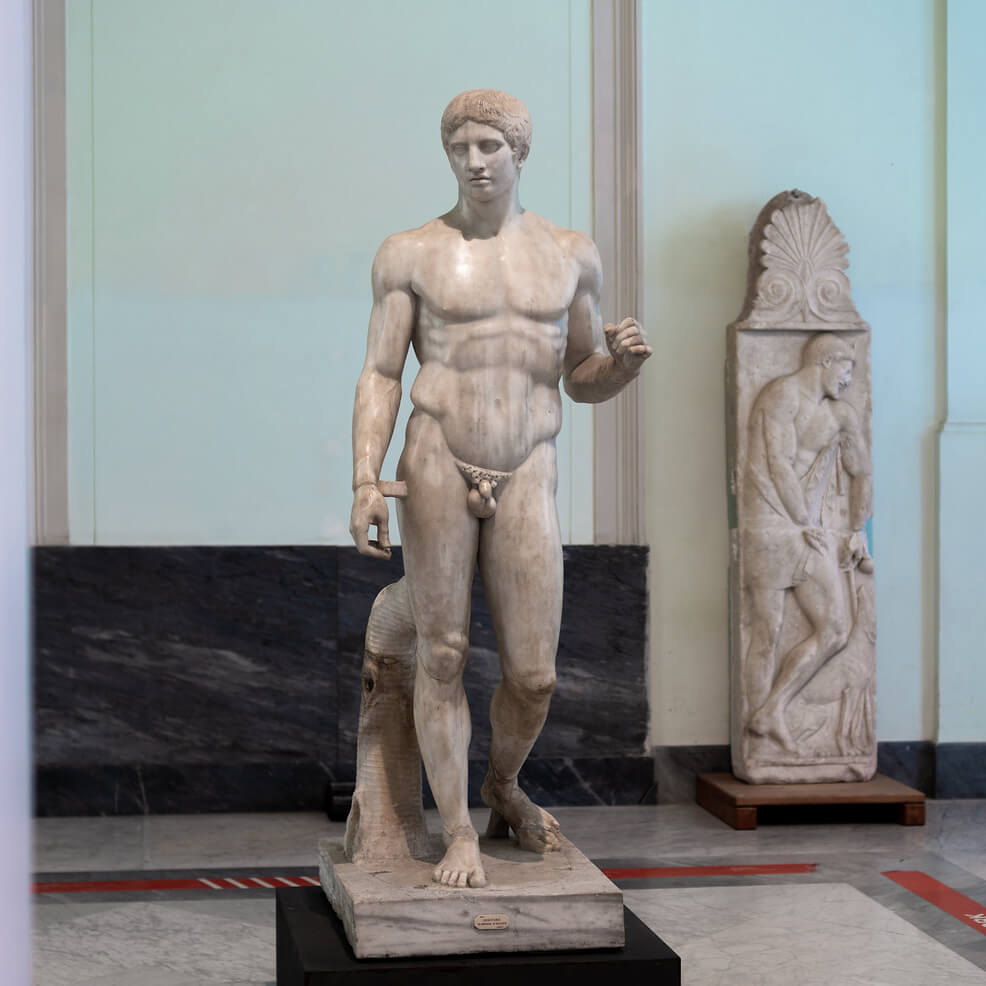
Nudity in Greek art was used symbolically to display heroes from myths, gods, warriors, or war heroes. “The ancient Greeks were selling a social agenda or normative culture by using nudity,” said Kenneth Lapatin, curator of antiquities at the Getty Villa Museum. “By presenting an idealized nude they were telling the rest of the world they were powerful.”
In sculpture, male nudes dominated until the 4th century B.C., when figures of Aphrodite broke the mold and introduced female nudity into monumental art. Before then, ancient Greek society kept female nudity limited, except when they were shown in captivity, submission, or at a small scale.
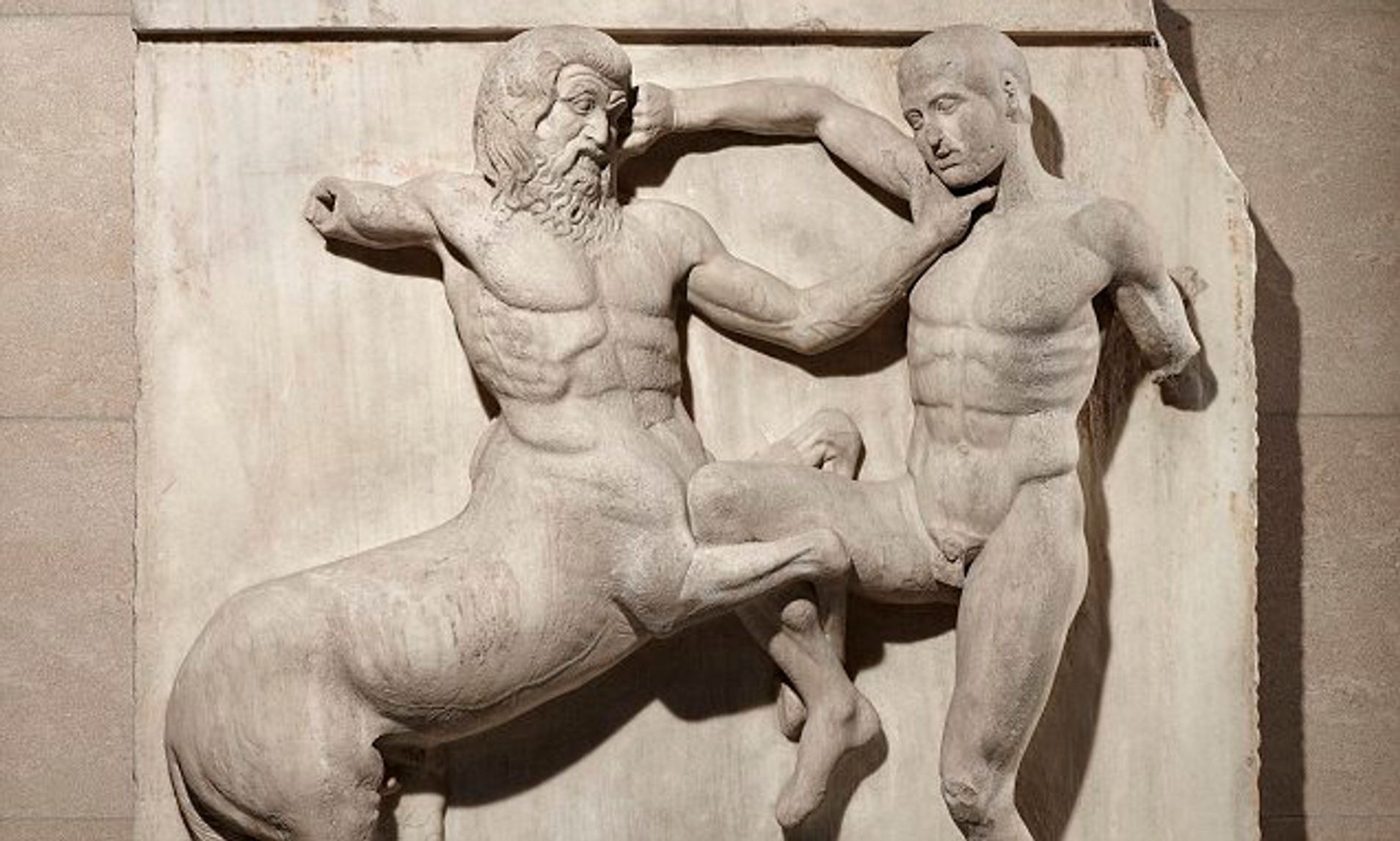
Romans also created nude sculptures and depicted nudes in their art, but it was less pervasive than in Greek art. Roman gods and goddesses and sometimes emperors were depicted naked in Roman art more often than regular people.
Ancient cultures like the Egyptians or Assyrians were more restrained about depicting nudity in art as there is little evidence of it in found artifacts.
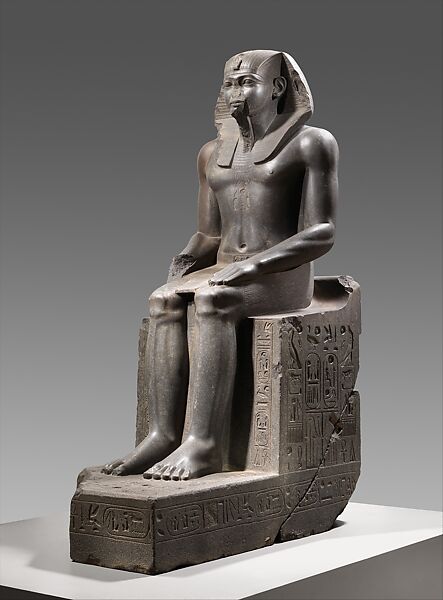
However, there might not be so many nudes, after all. “If you look at how many Greek statues are nude across all museum collections, it’s not that many,” said Jens Daehner, associate curator of antiquities at the Getty Villa Museum. “So why do we focus on those that are nude? Could it be that our modern perceptions of nudity come into play?”
Daehner notes that perhaps it’s our modern morality that makes the nudes stand out. Visitors, especially school-aged children, are often struck by the nude statues at the Getty Villa. During school tours, giggles are often heard as students pass by the half-naked Venus, or Hercules. Really, there is only one naked Greek statue (Victorious Youth) and a handful of Roman naked statues at the Getty, even if they might dominate a visitor’s experience.
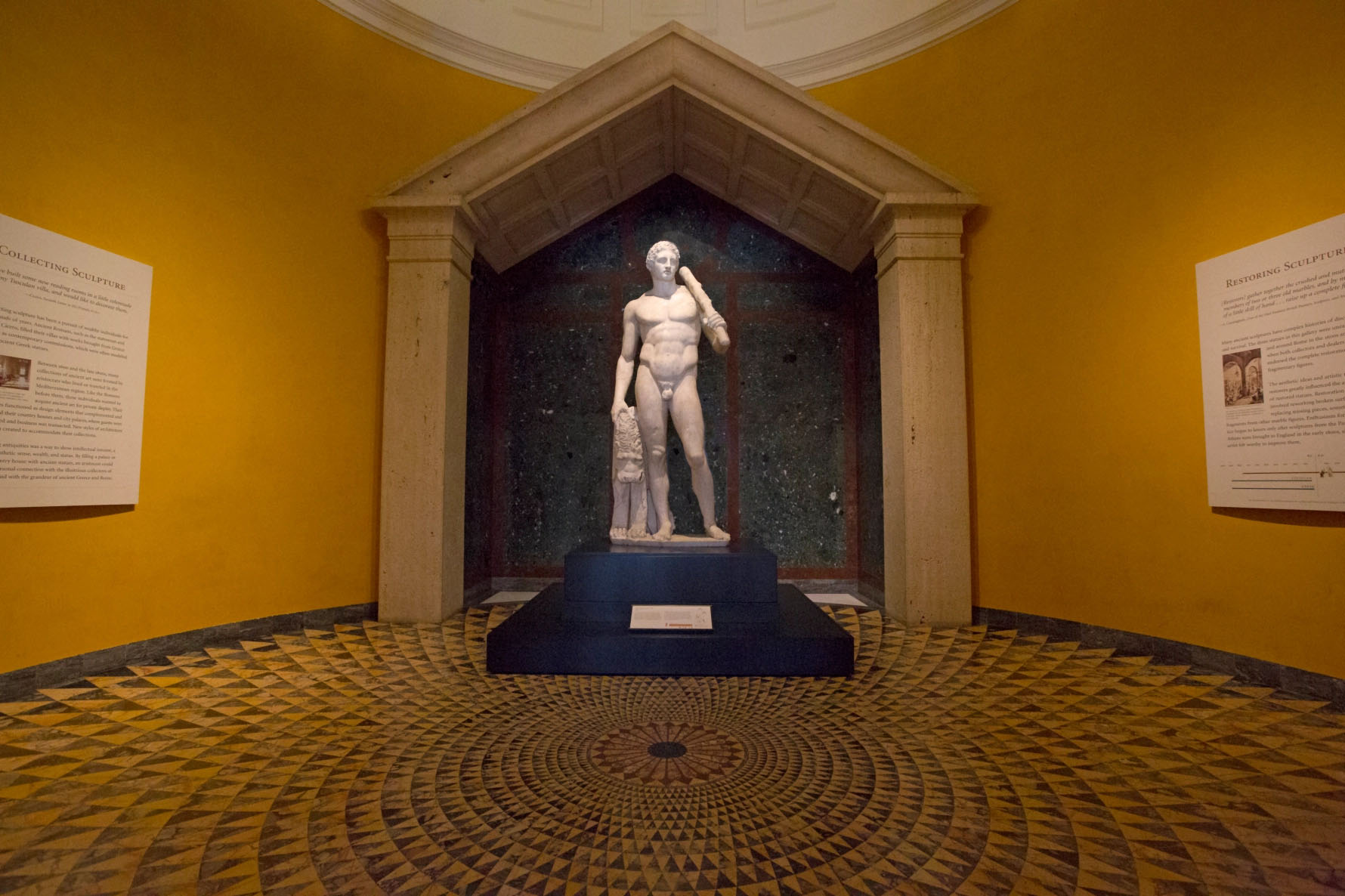
Although nudity was represented in art, it didn’t mean ancient Greeks were running around naked. However, there were certain situations where they did disrobe – including while exercising in a gymnasium or competing in an athletic competition. (The Olympics involved running, long-jumping, and wrestling all in the buff.)
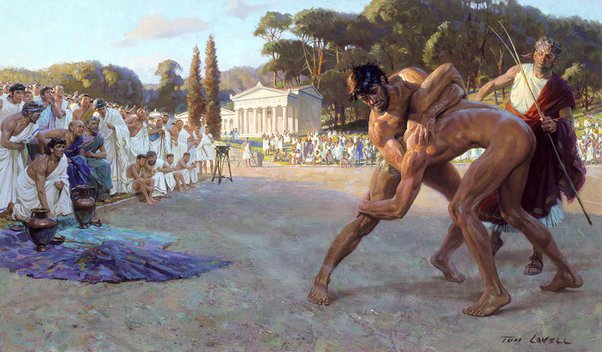
Have you ever seen naked Greek sculptures in a museum? If so, how did you feel? What’s your opinion of nudity in public art displayed today?

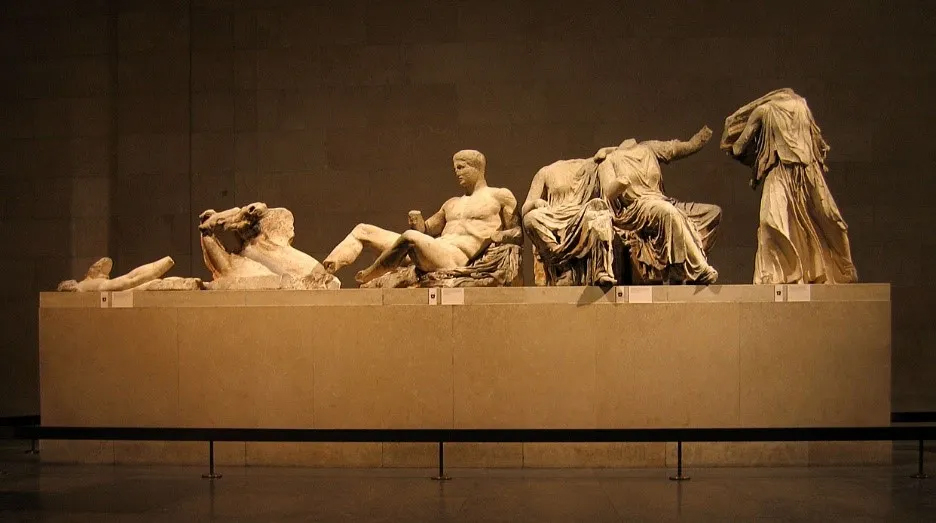
As usual very good !!
Well written, spicy, enjoyable.
Carlos
First off, let me say that I TOTALLY approve of nude art. I can’t remember seeing any explicit nude art when I was in my pre-adult years. I am much more aware and appreciative of it nowadays!